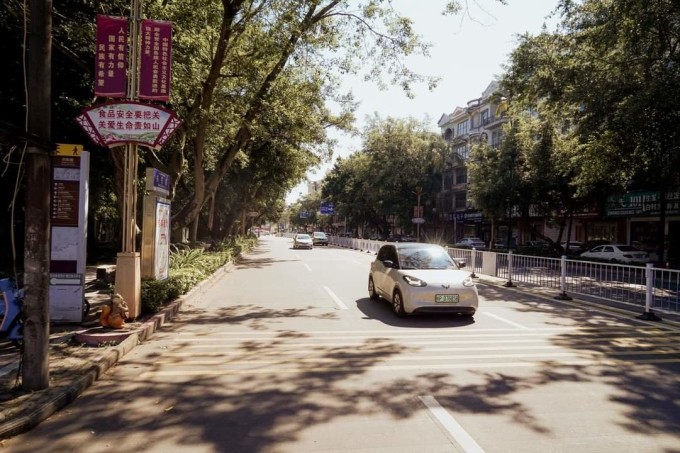Based on the pilot management plan announced today by the People’s Committee of Quang Ninh Province, self-driving tourist cars from China will now be able to operate within Mong Cai City, National Highway 18A, Ha Long – Mong Cai Expressway, and Ha Long City.
Allowed vehicles are self-driving cars with less than 9 seats that have been inspected and granted a transport license by both authorities. These vehicles will be labeled with the organizer’s logo for easy identification. They must travel in groups, with Vietnamese cars leading the way, and follow a predetermined route.
Drivers must meet the requirements for a valid driver’s license, passport, visa, and must comply with local traffic regulations. Additionally, they must carry all necessary vehicle documents, such as safety inspection and insurance.
Similarly, Vietnamese self-driving tourist cars traveling to China must also travel in groups, led by a car from the Chinese organization, and complete the required procedures and documents as prescribed by the Chinese side.
 |
| Dong Hung (Dongxing) street, Guangxi, China, in September. |
Since September 2016, the pilot operation of self-driving tourism through the Mong Cai border gate into Ha Long City, Quang Ninh Province, and vice versa has been underway. Between September 2016 and the end of 2019, 35 cars and 108 Vietnamese tourists went to China for travel, while 424 vehicles and 1,443 Chinese tourists entered Vietnam to visit Ha Long and Quang Ninh. However, this program was temporarily suspended due to the impact of the Covid-19 pandemic.
The self-driving tourism service received positive feedback and was evaluated to have the potential to attract tourists to Ha Long and provide them with high-class services, differentiating itself from the traditional highway road networks often used by Chinese tourists. This service offers a unique tourism experience, generates revenue for businesses, and contributes to the local budget. The pilot management of self-driving tourist vehicles will continue until September 30, 2026.
Preparations for the deployment of self-driving tourism services between Mong Cai City and Dong Hung City (China) through the Mong Cai International Border Gate have been completed. The Management Board of Mong Cai International Border Gate has set up a service area and a system of 300 benches to accommodate tourists while they wait for entry procedures. They have also repainted traffic warning lines at the entry and exit vehicle control lanes and installed air conditioning systems for the working booths on both sides of the control flow for immigration vehicles and imported goods.
Mong Cai City has state-of-the-art facilities and transportation infrastructure conditions, especially with the newly launched Van Don – Mong Cai Expressway, meeting the required criteria and standards for convenient travel for tourists.
In the first 9 months of 2023, Mong Cai City expects to welcome nearly 2 million visitors, a 1.2 times increase compared to the same period last year. The total revenue from the tourism service industry is estimated to be around VND 80 billion, a 1.3 times increase compared to the same period in 2022.



